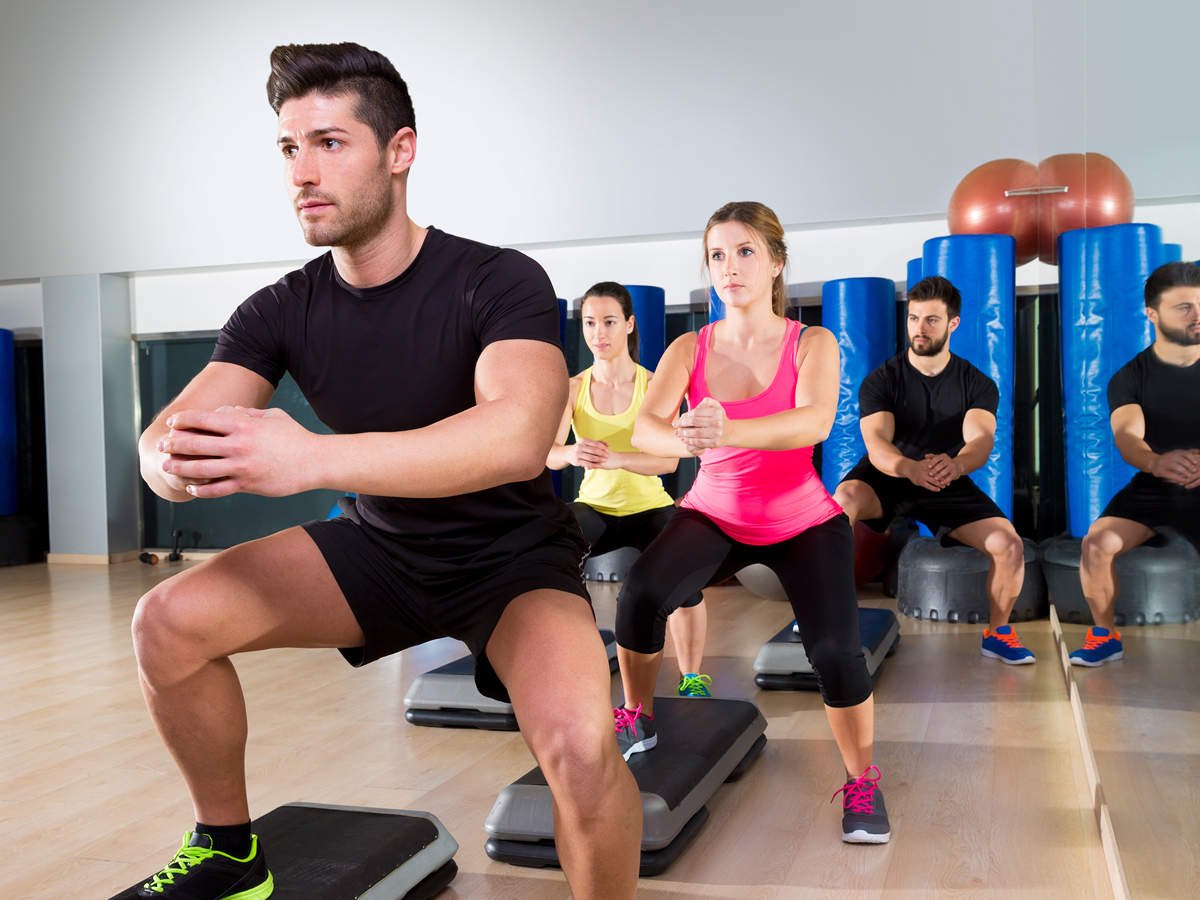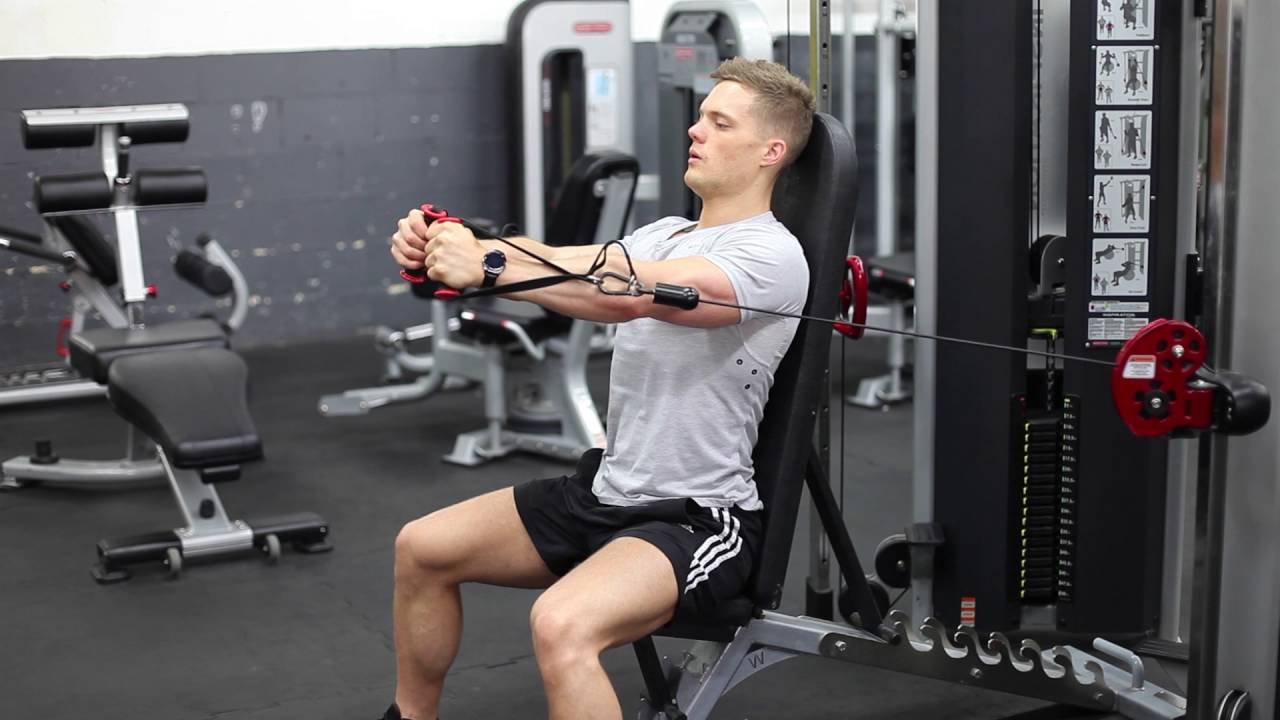Shoulder Muscles
If you are looking for shoulder-stretching exercises, this is the right place. The shoulder area is composed of a complex series of muscles: deltoid, three-dimensional muscle that divides into
- front
- medial
- rear
- infraspinatus
- supraspinatus
- subscapularis
- small round
- large round;
the musculotendinous system formed by:
- supraspinatus
- infraspinatus
- subscapularis
- small round then helps to form the rotator cuff (important for stabilizing the shoulder during movement).
All the articulated muscular apparatus of the shoulder essentially concentrates its work on its three fundamental movements, that of adduction, of abduction (approach and removal of the arms from the body axis) and rotation Oxandrolone for sale on California-Muscles steroids shop. Today the topic of our discussion will be aimed at a series of workouts that aim at its complete hypertrophy.
First of all, one must keep in mind a very important factor regarding this group: the shoulder muscles must be trained with judgment and in a correct way precisely because of the importance they play in the movement of the part.
The shoulders are often neglected to the advantage of the training, in particular, of the pectoral and biceps (muscle groups that attract the frequenters, especially beginners, of the weight room).
Neglecting the complete training can, however, in the long run, lead in addition to obvious imperfections, such as the excessive protrusion of the shoulders forward (shoulders forward, which “pull” forward), a retracted and shrunken chest and its consequent postural problems, also a series of injuries mainly affecting the rotator cuff, risking to compromise all the stability of the shoulder.
Please do not forget your legs either (the exercise bike is not enough!), The same applies to these two; in strengthening a muscle group, all other groups, even non-auxiliary ones, must be strengthened, the body must develop in a healthy and harmonious way to the full advantage of aesthetics, certainly, but above all of good health.
- Training
With this premise, let’s still remember some other things that can help us in training:
- The shoulder muscles that train mainly, that is the deltoids, being divided into three sections, front, medial and rear, can also be trained in different sessions, as, individually, they are involved as auxiliary muscles during the training of other muscle groups.
So you can “tire” previously one day by training the lats (with traction and rowers “you will warm up” the rear deltoid), another day by training the pectorals (with the various distensions or with the crosses “you will fatigue” the front deltoid), while the lateral ones can be preparatory to training on the day dedicated to biceps and triceps.
- The shoulder muscles are mainly made up of red muscle fibers, which are those with high resistance, while the back, pectoral and quadriceps muscles are made up mainly of white or intermediate muscle fibers, therefore mostly with high explosiveness and power.
What does this mean? That, in general, the shoulder muscles could be trained even several times in a week, while the other muscle groups need longer recovery times due to the different constitution of a part of their fibers.
It is true, however, that unlike the other groups (more powerful and which can be loaded with intense training and then recover them in more time) to avoid further damage and injury (often one of the reasons given by those who train little shoulders is precisely the fear of damage to the rotator cuff, for example), my advice is not to overload the work on the shoulders, but rather to increase the volume of the repetitions.
- Exercises To Stretch Your Shoulders
As I have already said, there are several variations in training to make the shoulders work, and each one feels free to consider what he considers most appropriate to the case.
However, it is always a good rule, especially for those who are approaching specific workouts for muscle groups for the first time, to be followed by expert trainers so as not to run into errors that could cause serious injuries to the joint system of the whole shoulder.
- Military Press with Dumbbells
One of the most famous exercises to widen the shoulders is the military press with dumbbells. From an upright position with your back in a strong position and your knees slightly flexed, hold two dumbbells with prone or neutral grip (recommended), flexed elbows and straight wrists, then bring the dumbbells towards the top of the sternum. Lift the dumbbells to the sides of the head by extending the elbows and exhaling during the concentric movement.
The push ends just before the arms are perpendicular to the floor. Inhale as you return to your starting position. Important: do not extend the knees and never arch your back (the extension of the knees is allowed with the term of cheating, but only to maintain balance in case of need).
It can also be performed while sitting on a bench with a 90 ° back. The barbell variant is also very effective but more complex in that, in the movement of the lifting with the bar that must necessarily pass in front of the face, it could force you to an unnatural arching of the back.
The shoulder muscles involved in this exercise are the lateral and anterior deltoid, as well as the adjacent coracobrachialis, lower and intermediate bundles of the trapezius.
- Arnold Press
One of the best shoulder stretching exercises is called an Arnold press. On a 90 ° bench, seated, grasp the dumbbells with supine grip (palms facing the body) and bring them closer to the sternum. With fluid movement from this position raise your arms extending them over your head and widening your elbows, your palms now facing outwards. Return the dumbbells and palms to the starting position and repeat.
The exercise works the whole deltoid muscle group, in particular the anterior one, in addition to the pectoralis major in the initial phase of the movement, and the triceps
- Side raises
Another of the most important exercises to widen the shoulders are the lateral raises. Standing, back in the position of strength, knees slightly flexed and feet equal or slightly wider than the shoulders, grab the dumbbells, hold them at the sides and, with the elbows slightly bent, raise the arms flexing the shoulders until the humeri are parallel to the floor.
Important: do not bend your elbows too much so as not to move the workload excessively on the front. In this exercise, the lateral deltoid, the supraspinatus, the anterior deltoid, and the coracobrachialis (in addition to the upper part of the pectoralis major and the biceps brachial) work.
Never “hyperextend” your back and do not help yourself with momentum with your legs, the only part involved in the movement is that of the shoulder; your wrists should always be straight too. They can be performed with the aid of dumbbells or elastic bands.
- Rear Raises on Inclined Bench
One of our favorite shoulder exercises! Rear raises on an inclined bench: astride a bench that you have previously inclined at 45 °, grab two dumbbells and with your palms facing each other.
Carry out lateral raises, elbows slightly flexed, until you bring your arms slightly beyond the height of your back. Return to the starting position, always remembering to exhale in the concentric moment of the exercise and to breathe in the starting position.
In this exercise, you will involve the posterior deltoid, the often most neglected portion of the entire muscle group, so it is an extreme training and highly recommended exercise during your routines.




